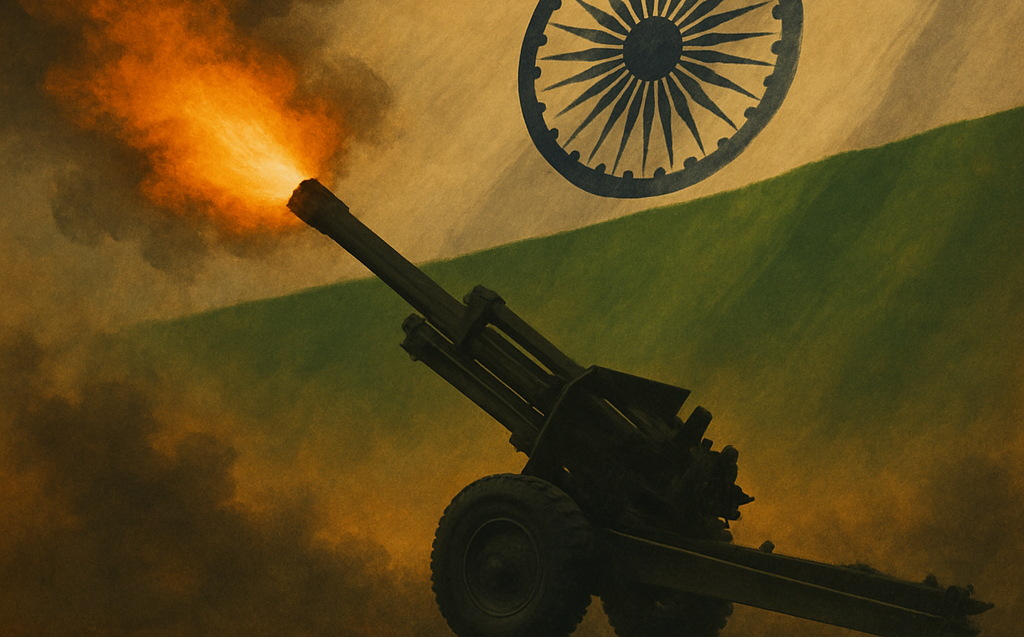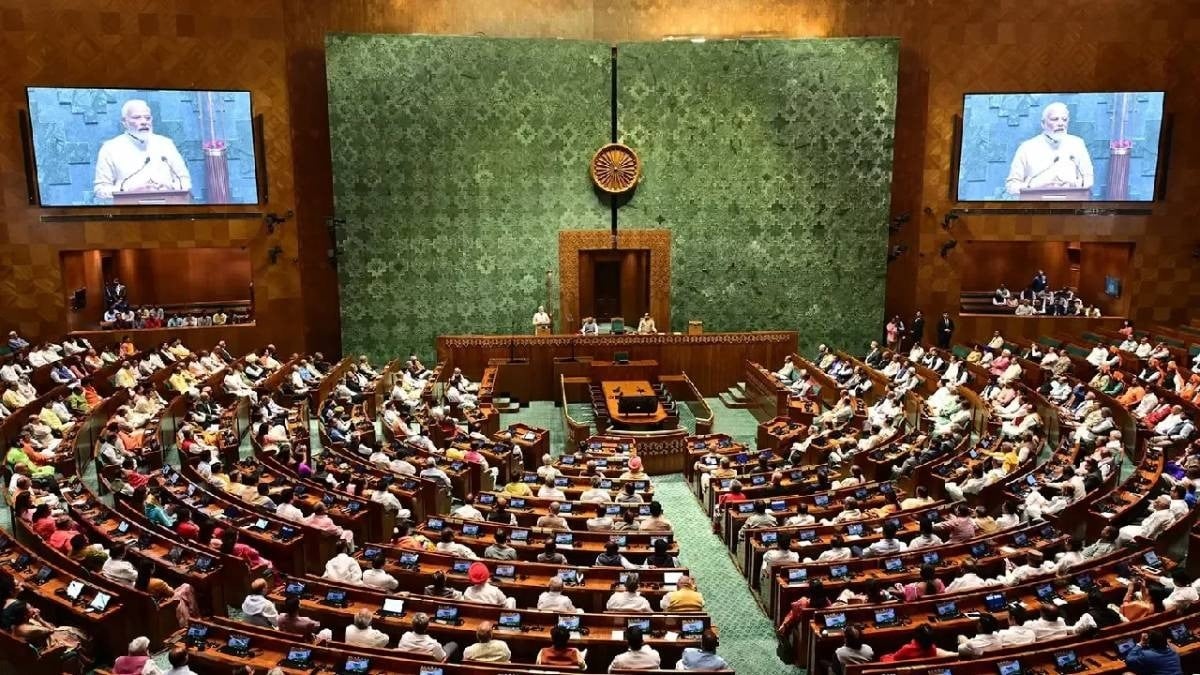The 21-gun salute is recognized globally as the highest military honor, often reserved for heads of state and fallen heroes. This profound gesture finds its resonance in India, where it is prominently featured during national ceremonies and the funerals of martyrs who have sacrificed their lives for the nation. The question arises: why specifically 21 shots? The answer is steeped in history, symbolism, and tradition, evolving from humble naval practices into a powerful expression of national respect—a final tribute to those who served.
Historical Origins
The origins of the 21-gun salute trace back to the Age of Sail. When warships entered friendly ports, they would fire their cannons to signal that they were unloaded and posed no threat. The British practice included firing seven cannon shots, the usual number of guns aboard a typical ship, with coastal forts responding with three shots for each one discharged by the ship. This resulted in a total of 21 shots—crafted from the combination of 7 (the ship’s shots) and 3 (the return from the shore). The preference for odd numbers, rooted in superstitions regarding luck, solidified the salute into its current form. Over centuries, the phrase “seven by sea, three by land” encapsulated the essence of what has become today’s 21-gun salute.
Global Standardization
As the 19th century approached, the 21-shot salute gained formal recognition. In Britain, it became the official honor for royalty around 1808. By 1842, the practice had made its way to the United States, solidifying the 21-gun salute as the presidential honor. In 1875, the U.S. Navy standardized 21 rounds as the international salute, aligning with British and other global military customs. Consequently, the 21-gun salute became acknowledged worldwide as the premier salute for honoring a nation’s flag or chief of state.
Significance in India
The 21-gun salute occupies a special place in the national fabric of India. It features prominently in national rituals, such as on Republic Day, where the President unfurls the national flag amidst the thunder of seven field guns firing three volleys—a total of 21 shots echoing through the air. This tradition has been a constant aspect of Indian Republic Days, representing the highest military honor bestowed upon the President, who acts as The Supreme Commander, as well as visiting heads of state during grand events. This salute epitomizes India’s profound respect for its leaders and martyrs alike.
Symbolic Meaning of 21
The number 21 holds deep symbolic significance. Mathematically expressed as 3 multiplied by 7, it amalgamates two numbers historically associated with auspiciousness and completeness. Seven has often been considered mystical in various cultures, and three frequently symbolizes wholeness or divinity. The merging of these two figures into the total of 21 reinforces the salute’s portrayal as the zenith of honor. Additionally, the preference for odd numbers, thought to ward off ill-fate, further highlights the decision to adopt 21 as the supreme tribute.
Modern Protocols
Today, the 21-gun salute adheres to strict protocols for various occasions:
-
National Ceremonies: During significant events like Republic Day and Independence Day in India, a ceremonial battery fires 21 blank shells following the President’s address or flag-hoisting ceremony.
-
State Occasions: New Presidents and visiting dignitaries, including heads of state, receive a 21-gun salute to signify their highest honor.
- Funerals: Reserved for heads of state or illustrious leaders, the 21-gun salute is a conferred ceremony, while other military funerals generally receive lesser salutes.
The salute is executed using artillery, specifically designed for ceremonial purposes, facilitating an impactful display of respect.
Distinction from the Three-Volley Salute
It is crucial to differentiate the 21-gun salute from the three-volley salute, which involves a firing party of soldiers who discharge three blank shots in unison during a funeral. The three-volley custom has its roots in historic battlefield practices, where firing was paused to honor fallen comrades. In contrast, the 21-gun salute utilizes artillery and is reserved for state honors, serving as a grand gesture for national leaders rather than personal tributes.
Emotional and National Impact
The sound of gunfire resonates profoundly within a nation, encapsulating the memory of iconic heroes and leaving a mark on the collective consciousness. Annual tributes to celebrated figures, such as Kargil war hero Captain Vikram Batra, reflect the pride and gratitude embodied in each salute. Emotional ceremonies, such as those for Colonel Santosh Mahadik and young soldier Agniveer Murli Naik, showcase how the roar of cannons intertwines mourning with national pride. Eyewitness accounts often highlight the expressions of patriotism during these tributes, where communal salutes signify national unity behind its heroes.
Other Types of Gun Salutes Around the World
Beyond the 21-gun salute, various nations have established their own systems of honoring dignitaries through differing numbers of salutes based on rank and occasion. For instance:
- A 17-gun salute in India is reserved for the Vice President and Chief Ministers.
- A 15-gun salute might be allotted to cabinet ministers or ambassadors, contingent upon their diplomatic ranking.
- The 11-gun and 7-gun salutes cater to high-ranking officials of lesser stature.
Countries like the United States and the UK employ softer salutes, and unique customs evolve based on military traditions.
Conclusion
The 21-gun salute transcends mere ritual; it is a nation’s resounding "thank you" to those who gave their all. With roots tracing back to naval traditions, its evolution into a grand tribute in contemporary ceremonies emphasizes its importance as a symbol of honor and gratitude. Each echoing shot transforms into a remembrance of sacrifice, unity, and respect, marking the 21-gun salute as a striking expression of national reverence. Whether in India or beyond, this salute stands as a supreme reminder of valor, enshrining the memories of a nation’s bravest individuals.










